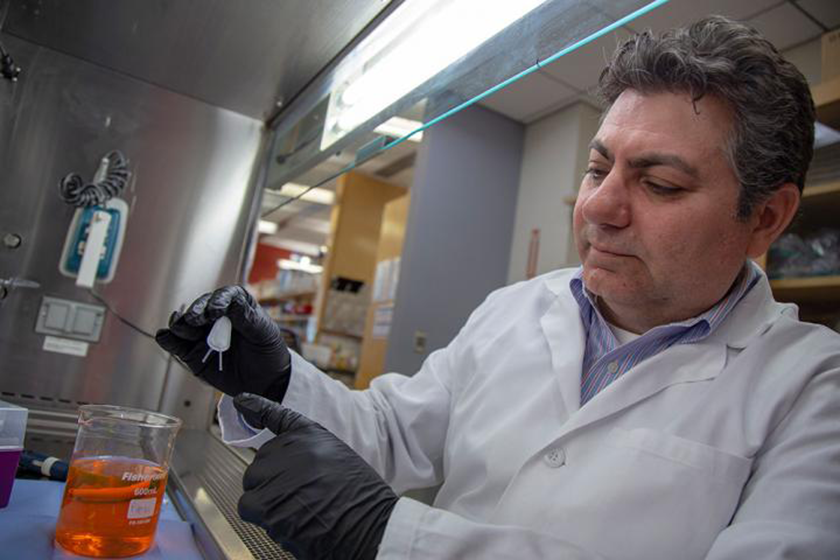Type 1 diabetes patients have to go through painful procedure of injecting themselves with insulin because their beta cells in pancreas no longer produces insulin. But for the 200,000 youths living with Type 1 diabetes in the United States, these insulin shots, along with insulin pens and pumps fail to perfectly manage blood sugar, which may lead to long-term complications.
“The absence of this natural ability — minute-to-minute regulation of glucose levels — can result in long-term complications, such as blindness, amputation and kidney failure,” says Klearchos Papas, PhD, a professor in the Departments of Surgery and Medical Imaging at the University of Arizona College of Medicine – Tucson.
Dr. Papas and his colleagues at the University of Arizona, in collaboration with researchers at Novo Nordisk and University of Alberta, are in the process of developing a new device that can generate insulin from within the body, reports University of Arizona College of Medicine.
In a process known as islet transplantation, islets from donors are placed in the pancreas of patients with type 1 diabetes. But the patient must take lifelong immunosuppressive drugs in order for their body to accept the transplanted cells, and therefore this procedure isn’t recommended in children.

In this new method donor islets are placed inside of the implantable, tea bag-like device, which has a special exterior that shields the islets from any attacks from the immune system.
“It’s like a tea bag,” Dr. Papas says. “The tea leaves stay inside but tea, or insulin, comes out. And the tea bag keeps out the immune cells that would normally attack the islets.”
Related Fitbit and Solera Health Expand Collaboration to Reduce Type 2 Diabetes Risk
Dr. Papas also has developed a technology to feed oxygen to the islet cells in the tea bag for optimal health and insulin production.
Working closely with Tech Launch Arizona, the UA commercialization arm, Dr. Papas wants to protect the intellectual property and strategize pathways to turn his innovation into reality. As part of the two-year study, Novo Nordisk has donated human stem cell-derived islets to test in the tea bags. If successful, stem cell-derived islets would make it easier to help treat the millions of people with diabetes.












